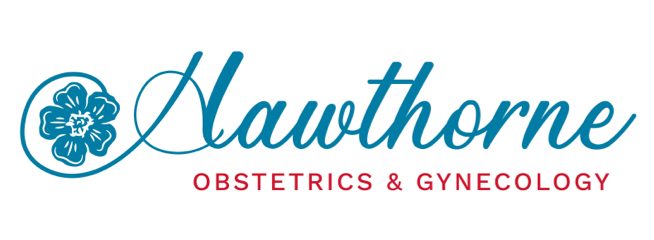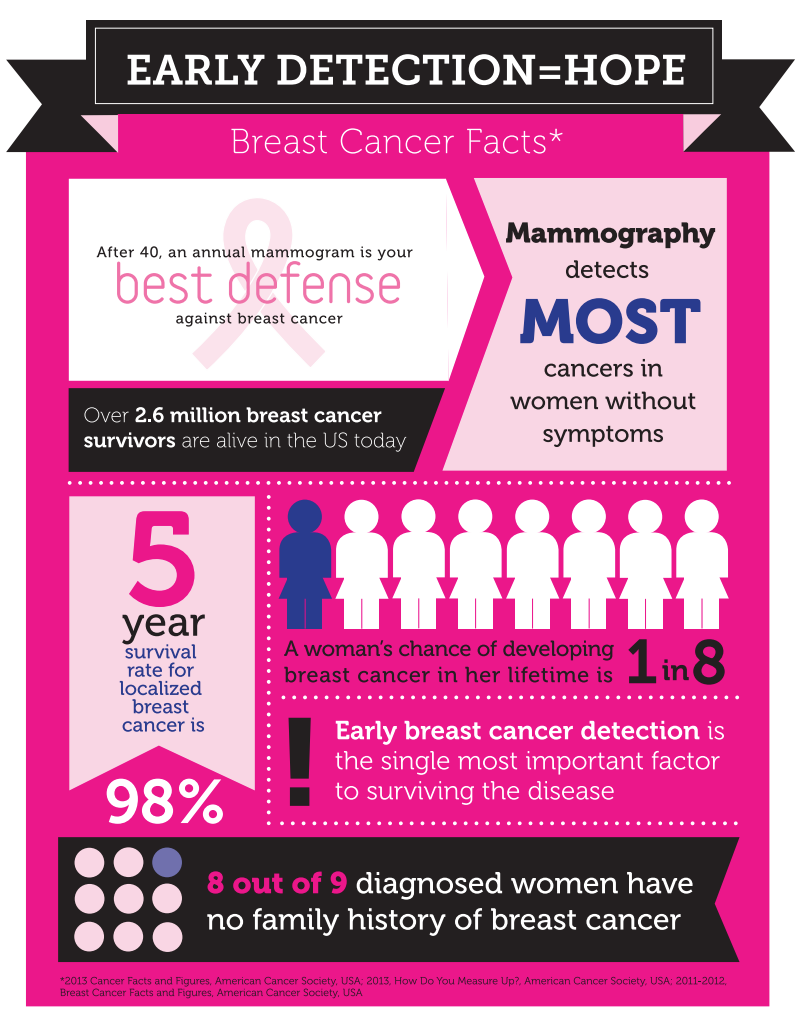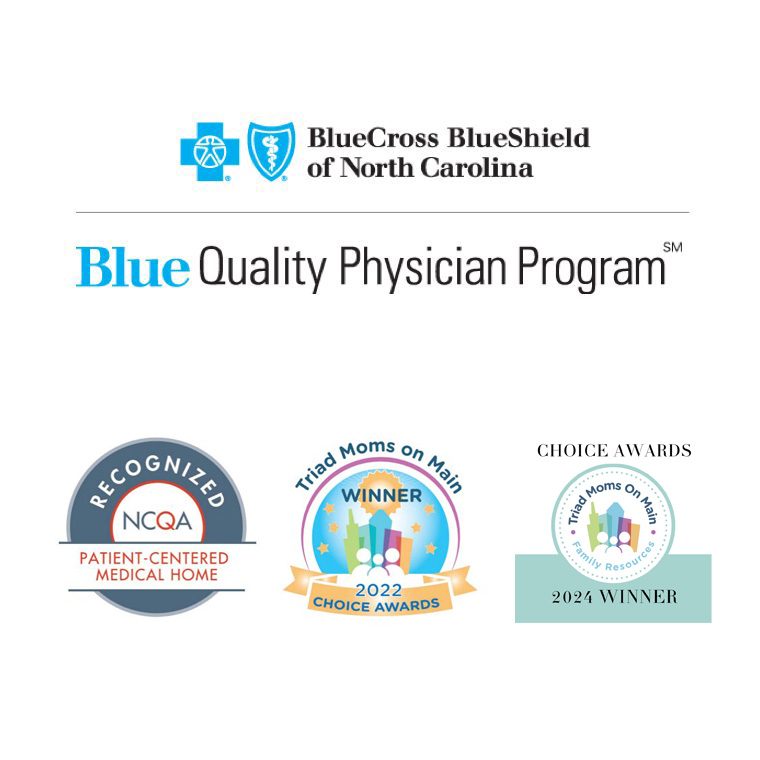We now offer innovative new technology – Digital Mammography! 3D mammography allows doctors to see breast tissue detail in a way never before possible to help find breast cancer at its earliest stages, when it is most treatable. 3D mammography is screening that can be done in conjunction with a traditional 2D digital mammogram. 3D mammograms have also been proven to reduce the need for follow-up breast exams.
What is a 3D mammography breast exam?
3D mammography is a revolutionary new screening and diagnostic tool designed for early breast cancer detection that can be done in conjunction with a traditional 2D digital mammogram.
During the 3D part of the exam, the X-ray arm sweeps in a slight arc over your breast, taking multiple breast images. Then, a computer produces a 3D image of your breast tissue in one millimeter slices, providing greater visibility for the radiologist to see breast detail in a way never before possible. They can scroll through images of your entire breast like pages of a book.
The additional 3D images make it possible for a radiologist to gain a better understanding of your breast tissue during screening1 and the confidence to reduce the need for follow-up imaging.2
Why is there a need for tomosynthesis breast exams?
What are the benefits? With conventional digital mammography, the radiologist is viewing all the complexities of your breast tissue in a one flat image. Sometimes breast tissue can overlap, giving the illusion of normal breast tissue looking like an abnormal area.
By looking at the breast tissue in one millimeter slices, the radiologist can provide a more confident assessment.1 In this way, 3D mammography finds cancers missed with conventional 2D mammography.3 It also means there is less chance your doctor will call you back later for a “second look,” because now they can see breast tissue more clearly
What is the difference between a screening and diagnostic mammogram?
A screening mammogram is your annual mammogram that is done every year. Sometimes the radiologist may ask you to come back for follow-up images which is called a diagnostic mammogram to rule out an unclear area in the breast or if there is a breast complaint that needs to be evaluated.
What should I expect during the 3D mammography exam?
3D mammography complements standard 2D mammography and is performed at the same time with the same system. There is no additional compression required, and it only takes a few more seconds longer for each view.
Is there more radiation dose?
Very low X-ray energy is used during the exam, just about the same amount as a traditional mammogram done on film.
Who can have a 3D mammography exam?
It is approved for all women who would be undergoing a standard mammogram, in both the screening and diagnostic settings.1
When can I schedule my mammogram?
You can schedule your mammogram the same day as your annual well woman exam or a time that is convenient for you. You cannot have your screening mammogram performed if it has not been at least 365 days since your last exam. Please contact us to schedule your exam.
Which radiologist is reviewing my images?
All of our images are read by our Radiology.
How do I know if I need routine screening verses a diagnostic mammogram?
If you have been diagnosed with breast cancer within the last 8 years, please continue to have your exam performed at a diagnostic facility.
Will you need my prior mammogram images?
Yes, depending on where you have been seen in the past, we will ask you to sign a release to retrieve your prior images.
1 Bernardi D, Ciatto S, Pellegrini M, et. al. Prospective study of breast tomosynthesis as a triage to assessment in screening. Breast Cancer Res Treat. 2012 Jan 22 [Epub ahead of print].
2 The Hologic Selenia Dimensions clinical studies presented to the FDA as part of Hologic’s PMA submission that compared Hologic’s Selenia Dimensions combo-mode to Hologic 2D FFDM.
3 Skaane P, Gullien R, Eben EB, et. al. Reading time of FFDM and tomosynthesis in a population-based screening Program. Radiological Society of North America annual meeting. Chicago, Il, 2011



